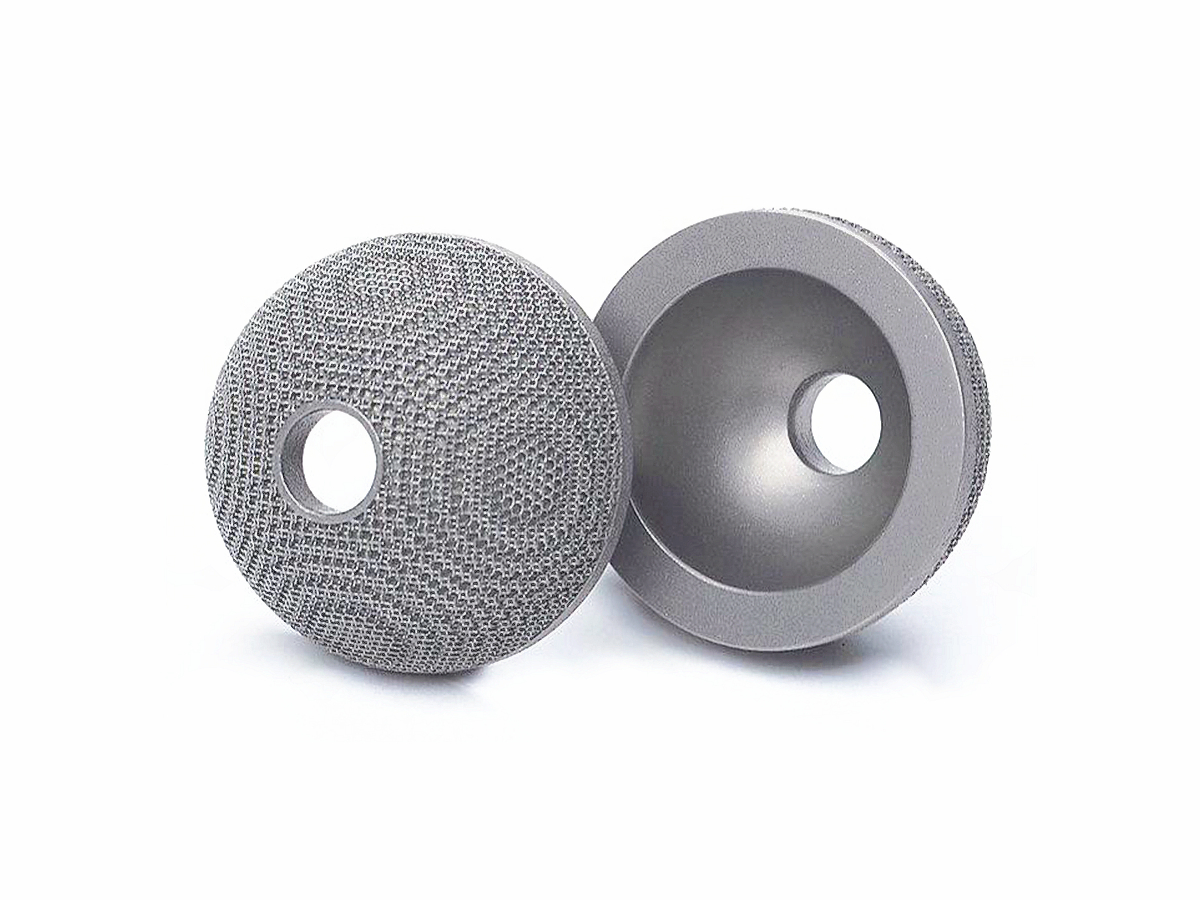Enhancing Surgical Precision: Carbon Steel 3D Printed Instruments for Medical Procedures
Introduction
Carbon steel 3D printing enables the development of high-strength, precision surgical instruments designed to enhance performance and patient outcomes in modern medical procedures. Utilizing advanced metal 3D printing technologies like Selective Laser Melting (SLM) and Direct Metal Laser Sintering (DMLS), medical-grade carbon steels such as Tool Steel H13 and Tool Steel MS1 achieve superior mechanical properties, wear resistance, and fine feature precision required for surgical applications.
Compared to conventional forging and machining, carbon steel 3D printing for surgical instruments enables faster development, intricate geometry production, and rapid customization tailored to specialized surgical techniques.
Applicable Material Matrix
Material | Ultimate Tensile Strength (MPa) | Yield Strength (MPa) | Hardness (HRC) | Corrosion Resistance | Medical Instrument Suitability |
|---|---|---|---|---|---|
1500 | 1300 | 45–52 | Good | High-wear surgical instruments | |
2000 | 1800 | 52–54 | Very Good | High-precision medical tools | |
2000 | 1850 | 52–54 | Very Good | Fine-feature surgical components | |
1450 | 1250 | 40–50 | Good | Impact-resistant surgical fixtures | |
950 | 655 | 28–32 | Moderate | Supporting surgical hardware | |
1900 | 1600 | 55–62 | Good | High-wear cutting edges |
Material Selection Guide
Tool Steel H13: With tensile strength up to 1500 MPa and good wear resistance, H13 is well-suited for surgical instruments that require frequent sterilization and mechanical durability, such as orthopedic tools and clamps.
Tool Steel MS1 (Maraging Steel): Offering ultimate tensile strength around 2000 MPa with excellent dimensional stability, MS1 is ideal for producing lightweight, high-precision surgical instruments requiring extremely fine tolerances.
Tool Steel 1.2709 (Maraging 300): High-strength (yield strength ~1850 MPa) material for producing intricate, customized surgical instruments like micro-forceps and bone cutters.
Tool Steel H11: Preferred for impact-resistant surgical components such as surgical hammers and orthopedic chisels due to its toughness and resistance to sudden loads.
AISI 4140: A reliable, cost-effective material for less critical surgical support structures, offering good mechanical strength and machinability.
Tool Steel D2: Providing high hardness (up to 62 HRC) and superior edge retention, D2 creates sharp surgical blades and cutting edges with extended service life.
Process Performance Matrix
Attribute | Carbon Steel 3D Printing Performance |
|---|---|
Dimensional Accuracy | ±0.05 mm |
Density | >99.5% Theoretical Density |
Layer Thickness | 30–60 μm |
Surface Roughness (As-Printed) | Ra 5–12 μm |
Minimum Feature Size | 0.4–0.6 mm |
Process Selection Guide
Fine Feature Manufacturing: Carbon steel 3D printing achieves complex, thin-walled designs, enabling precision grips, serrated surfaces, and micro-featured tips critical for minimally invasive surgery.
Superior Mechanical Properties: Steels like MS1 and 1.2709 provide mechanical reliability under high cyclic loads encountered during repeated surgical procedures.
Sterilization-Ready Surfaces: After proper post-processing such as heat treatment, electropolishing, and passivation, carbon steel surgical instruments meet stringent medical hygiene standards.
Rapid Prototyping and Customization: Custom surgical instruments can be rapidly designed and produced in small batches to support clinical trials, surgeon-specific preferences, and emerging surgical techniques.
Case In-Depth Analysis: MS1 3D Printed Custom Orthopedic Surgical Instruments
A medical device company required lightweight, fatigue-resistant orthopedic surgical tools with complex ergonomic grips and thin functional tips. Using our carbon steel 3D printing service with Tool Steel MS1, we produced instruments achieving tensile strengths of 2000 MPa, with dimensional accuracy within ±0.05 mm. Customized handles reduce surgeon fatigue by 20% and improve tool stability during procedures. Post-processing included HIP treatment, precision CNC machining, and medical-grade electropolishing for enhanced sterility and biocompatibility.
Industry Applications
Medical and Healthcare
Custom orthopedic surgical instruments (cutters, clamps, retractors).
High-precision microsurgery tools.
Lightweight laparoscopic and minimally invasive surgery tools.
Dental and Maxillofacial Surgery
Customized bone cutters, drills, and surgical forceps.
Endodontic and orthodontic surgical tools.
Veterinary Surgical Instruments
Precision surgical tools for small and large animal surgeries.
Mainstream 3D Printing Technology Types for Carbon Steel Surgical Tools
Selective Laser Melting (SLM): Best for producing dense, high-precision carbon steel surgical instruments.
Direct Metal Laser Sintering (DMLS): Ideal for creating intricate, small-scale surgical components.
Binder Jetting: Suitable for rapidly prototyping custom surgical tool designs before final qualification.
FAQs
What carbon steel grades are best for 3D printed surgical instruments?
How does carbon steel 3D printing improve precision and performance in surgical tools?
What post-processing treatments are required for surgical-grade carbon steel instruments?
Can carbon steel 3D printed surgical tools meet medical hygiene and sterilization standards?
How does carbon steel 3D printing enable rapid customization of surgical instruments?

